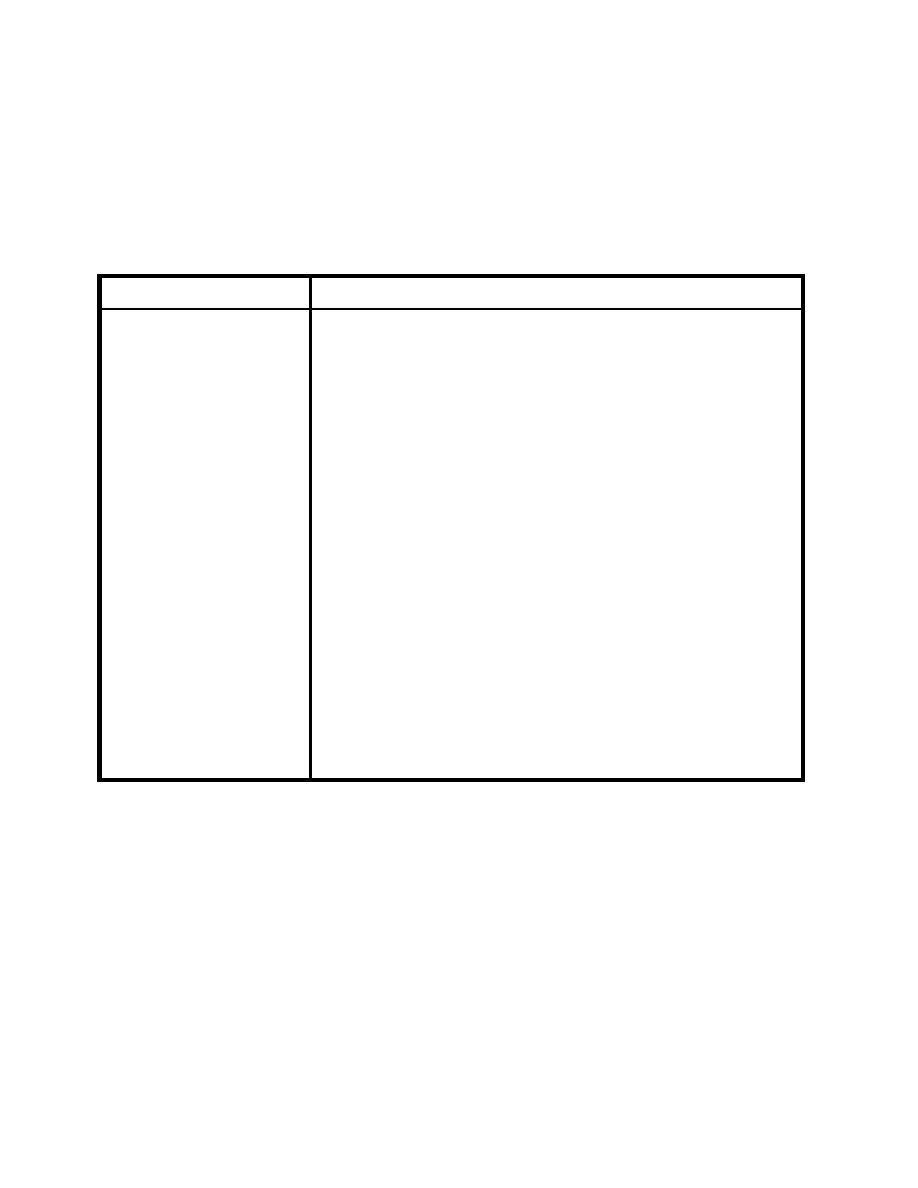
MIL-HDBK-1005/16
condition of the sewer system, these flows can have a major
impact on peak flows and wastewater facility sizing.
Table 2
Types and Origins of Wastewater at Military Facilities
Type
Origin
Domestic flow
Homes, schools, hospitals, dining
facilities, recreation and entertainment
facilities, clubs, commercial stores,
laundry facilities, barracks, offices, and
sanitary flow from shops and industrial
facilities
Infiltration
Leakage of groundwater into sewers through
joints, manholes, foundation drains, and
damaged or defective sewer pipes
Inflow
Leakage of surface drainage into sewers
through manhole covers, roof drains, and
other surface drainage connections
Industrial flow
Process wastes from facilities such as
shipyards, air stations, rework/rebuild
facilities, shops (paint, metal plating,
etc.), industrial laundries, laboratories,
and vehicle maintenance and washing
facilities
Ship discharge
Holding tanks on ships
In some instances, repairing or replacing collection
system components, primarily to eliminate or reduce inflow, may
be cost effective. Reducing I/I will reduce both the
construction costs and the O&M costs for wastewater facilities.
However, sewer rehabilitation projects have often reduced I/I
less than projected, often because rehabilitating a portion of a
system results in increased I/I at other locations. Therefore,
conservative estimates of potential I/I reduction should be used
when determining if a rehabilitation project is feasible. WEF
MOP FD-6 describes the methodologies for evaluating sewer system
26


 Previous Page
Previous Page
